Angkor Wat in Cambodia - XII century temple
Where is located Angkor Wat?
Address of Angkor Wat is Angkor, Siem Reap Province, Cambodia
show on map
When was built Angkor Wat?
Built date of Angkor Wat is 1113 - 1150
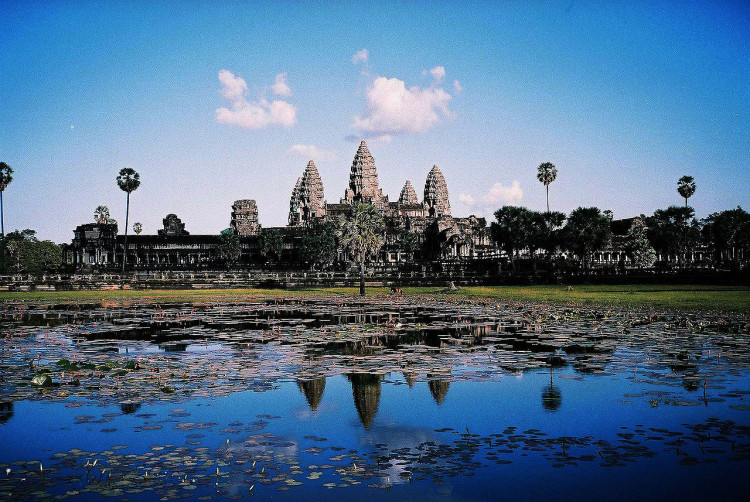
Facts, informations and history of Angkor Wat
Angkor Wat is part of another Angkor Thom complex, covering an area of approximately 84 km².
Angkor Wat itself has the dimensions of a rectangle measuring 1,300 by 1,500 meters, the entire complex surrounds a wide moat at exactly 183 meters.
The largest religious complex in the world consists of 250 buildings, and its construction time is estimated to last from 30-35 years.
The main temple, 215 meters by 187 meters long, contains a 65-meter tower, symbolizing the mythical Meru mountain.
The complex is surrounded by a moat and a wall measuring 1,000 x 800 meters and having five towers.
In Angkor there was the capital of the Khmer rulers who received religious worship here.
It is supposed that around 1000 years Angkor with over one million inhabitants was the largest city in the world. About 50,000 workers worked on the construction of the complex, while sculptures and bas-reliefs were created by several thousand artists-craftsmen.
A tangle of corridors and terraces is covered with countless religious sculptures and reliefs depicting scenes from Hindu epic poems.
The building was built on the orders of King Sujarwarman II in honor of the Hindu god Vishnu. It fulfills the role of a sanctuary and a monument containing Sujarwarmana's ashes.
The admiration arouses the location and construction of the building, which proves a great understanding of the solid, space and artistic composition. The construction technique and style were quite primitive: the stone was used as if it had the characteristics of wood, arches and domes were not known. Still, the effect is awe-inspiring.
" From an archaeological point of view, Angkor is first and foremost a huge water system consisting of artificial canals, dikes and reservoirs, water from rivers and rainwater were stored there, and it was directed to rice fields, which were clearly divided into land books. This way the Khmer equated climate differences, achieved multiple harvests per year and increased their economic potential, which was the basis for their development. "- Bernard-Philippe Groslier
How many meters have Angkor Wat?
Height of Angkor Wat is 65.5 m - the central tower

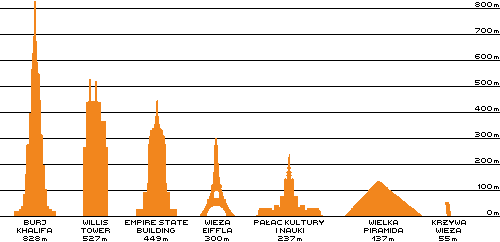
Construction/building type
Building Angkor Wat is of type Temple complex, Hindu temple
Architectural style
Architectural style of Angkor Wat is Hindu, Khmer architecture
Other dimensions, parameters and frequently asked questions
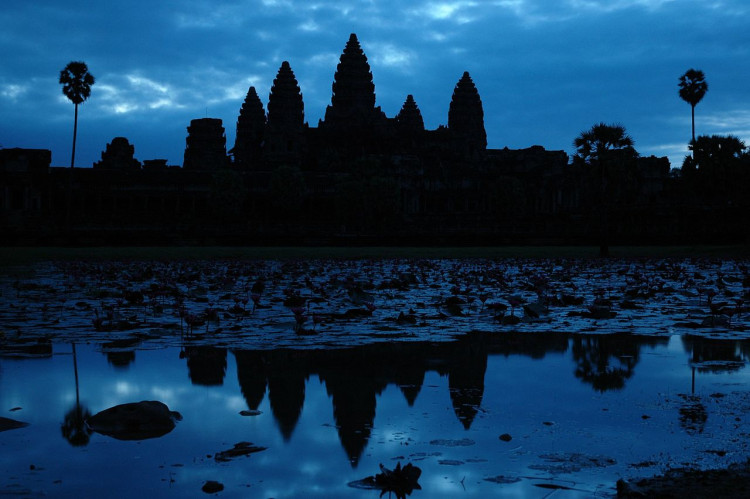
What area have Angkor Wat?
Angkor Wat have area of 162.6 hectares (1 626 000 m²)
What material is the building made of?
Angkor Wat is made of the following materials: Sandstone
Other names
The building is also known by other common names or in the original language, i.e. Świątynia stolicy
Is the building on the UNESCO World Heritage List?

The listing took place in the year 1992.
Details of the entry are available on the Unesco website at https://whc.unesco.org/en/list/668/
Photo gallery Add photo
Location on map / How to get there



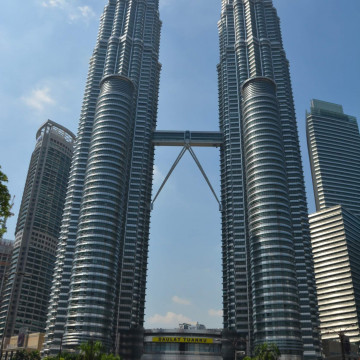


















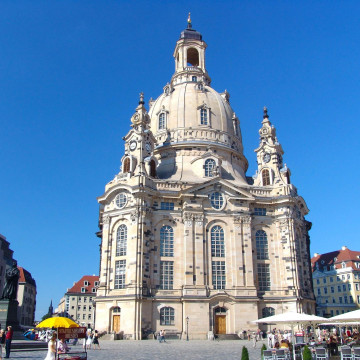
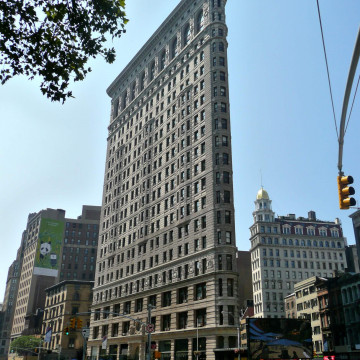

Comments to Angkor Wat (17) Average rating: 5 Add comment / Rate building
Based on 17 comments